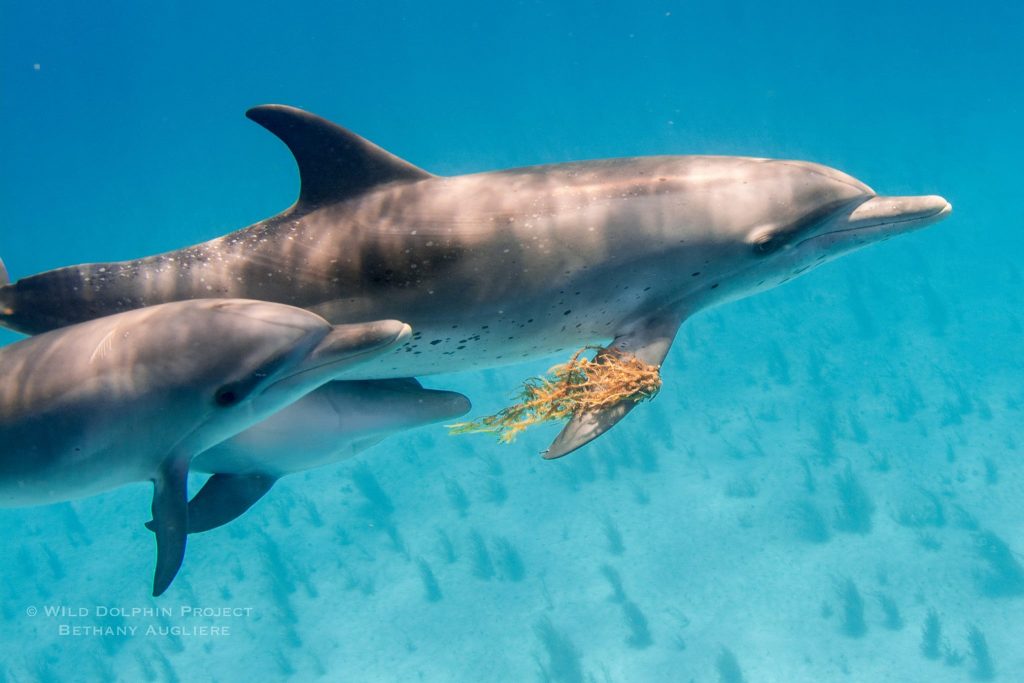It’s almost the end of another year. Goodbye 2022. But, as we look to the new year, we want to be inspired about the ways we can help save wild dolphins and other marine mammals.
We know the whales, dolphins, manatees, and polar bears are in trouble. Manatees are dying in record numbers due to starvation from a lack of seagrass. Tuna fishing causes an estimated 1,000 marine mammals deaths per year, since 2006, according to a recent review paper, published in Frontiers of Marine Science. Entanglement, boat strikes, plastic pollution, habitat loss — it’s all threatening these animals.
Yet, instead of feeling hopeless and powerless, we want to feel inspired to take action. Here’s our list of 5 things we can do to help Save the Dolphins (and other marine mammals, too).
WATCH WHAT YOU EAT
1. Eat sustainable seafood and make informed choices because some are better than others. Seafood Watch has a list of best choices, good alternatives and foods to avoid. For instance, Seafood Watch says to avoid buying striped bass in the U.S., which are depleted and overfished, and because it uses gillnets, which produces a lot of by-catch.
Resources:
https://www.seafoodwatch.org/
https://www.fisheries.noaa.gov/insight/understanding-sustainable-seafood
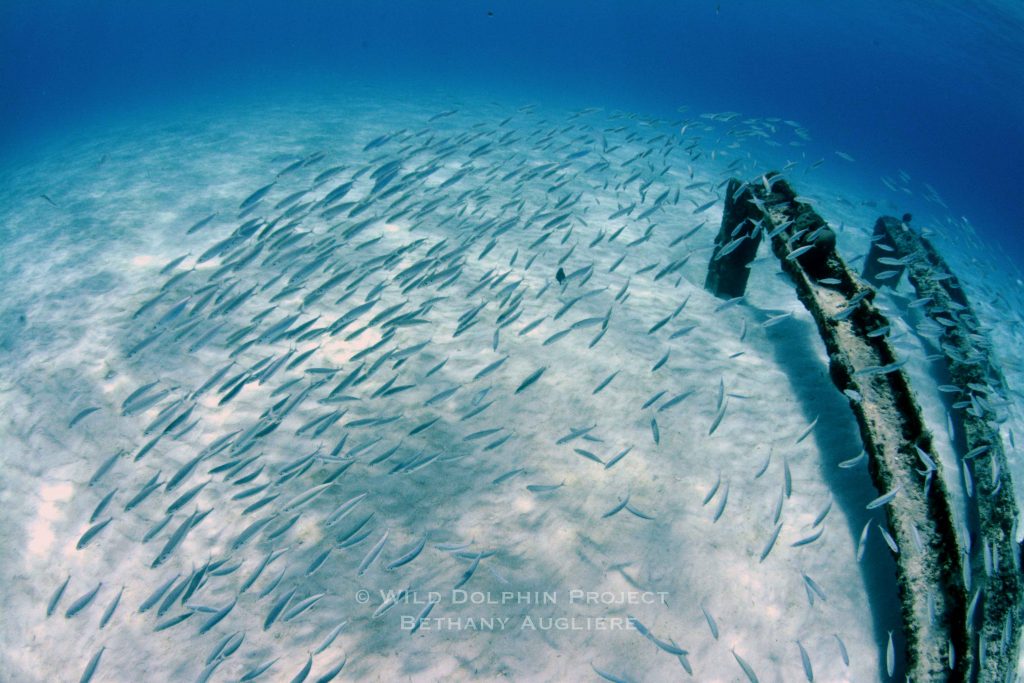
DITCH SINGLE-USE PLASTIC
2. It’s obvious, but as much as you can, ditch single-use plastic and other non-biodegradable items, such as styrofoam.
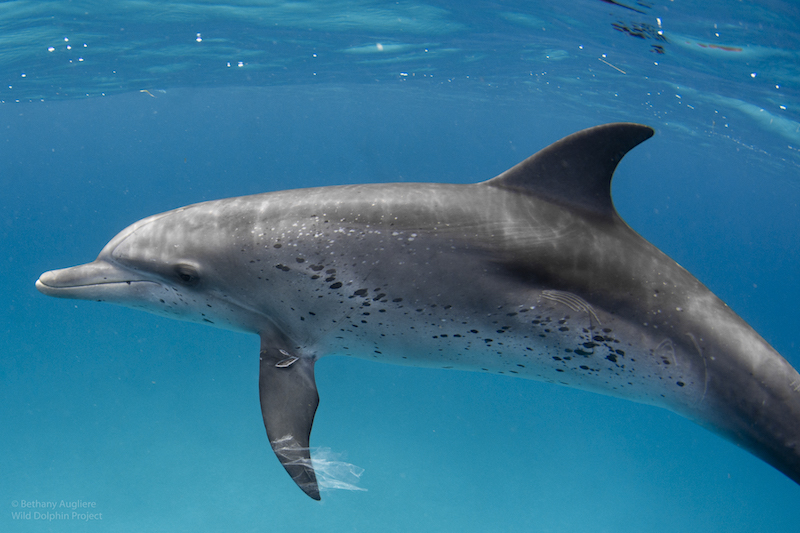
Atlantic spotted dolphin with plastic.
BEACH CLEAN-UPS
3. If you live by the coast, participate in local beach clean-ups. Even if you are on vacation, many beaches in Florida, for instance, have buckets at the entrance to the beach. You can take these buckets with you and pick up trash. Every little bit helps. We’ve had to take plastic away from dolphins and even young calves who were playing with it.
Also, while we’re talking about beach clean-ups — please ditch using balloons. We pick up dozens of balloons floating on the surface every summer.
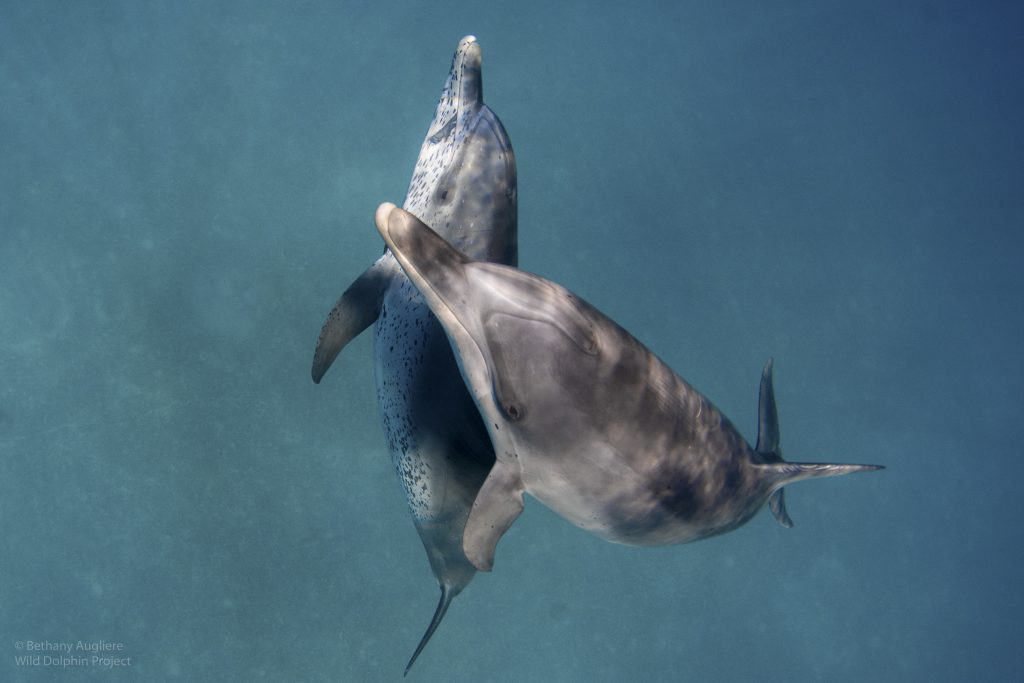
Look closely, and you’ll see this dolphin playing with plastic in its mouth. Photo by Bethany Augliere.
SEEING WILDLIFE WILD
4. We all want to see wildlife, and we all should. But, it’s important to minimize our impact on the animals as much as possible. Never feed or harass wild animals (in the U.S., this is illegal).
If you are traveling abroad, be sure to travel with responsible tour operators with proper licenses. You can also book trips with conservation and research organizations, where you can help participate in citizen science. At the Wild Dolphin Project, we offer spots for passengers — and student interns as well — to join us on our research expeditions to the Bahamas as well as our local day trips in Florida.
Everyone has their opinions on marine mammals in captivity, and whether their captivity is justified for the sake of education and conservation. If you do decide you want to see marine mammals, some places are better than others. Be sure that the facility is not importing wild-caught animals, especially those caught during the Taiji dolphin drive hunt.
Do your research. In Canada, for instance, MarineLand Park has a controversial reputation for housing too many belugas (estimates of around 50) in one small tank with substandard care. In the U.S., the Miami SeaAquarium houses Lolita, a solitary killer whale in a tank that is too small. Other places, such as Mystic Aquarium, are considered reputable facilities, with large habitats for their belugas, top-notch care, and research on captive animals that directly benefits wild animals.
Do your research.
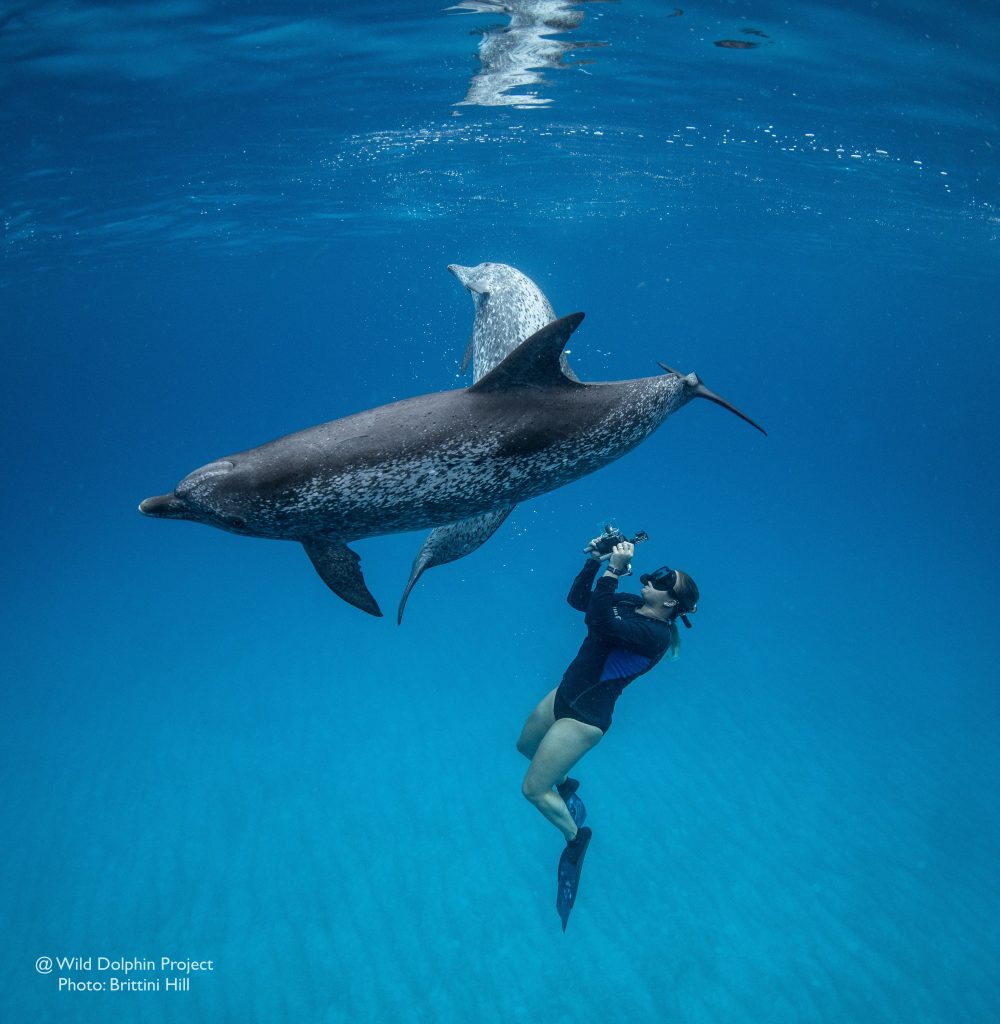
DONATE
5. Support scientific research and conservation organizations that help understand more about these animals and the threats they face, which can aid in their management and conservation. To donate to the Wild Dolphin Project, click here.
Most of all, when it comes to saving dolphins, do your research and be mindful. Be mindful of every time you pick-up a drink in the drive-thru Starbucks line, rather than providing your own reusable cup. Be mindful of where the tuna on your plate comes from. Learn about the places you visit and the dive operators you use. Every action is a choice.
